An introduction to fencing, a mental sport

When I think of fencing, a sword fight comes to mind. Until now, I had no idea how challenging it actually is or how little I knew about it beforehand. And, after learning about it from my partner, I naturally felt curious about it. That’s when I started to consider how, like other sports, fencing requires competitors to carefully consider each move they make. But, in this sport, thinking should happen at the speed of light.
The Olympic Games have featured five sports continuously since the first modern Games were held in 1896, with fencing being one of them. Fencing, which is based on sword fighting, calls for quickness, anticipation, quick reflexes, and tremendous mental fortitude. But, there’s more to it than just a sword fight.
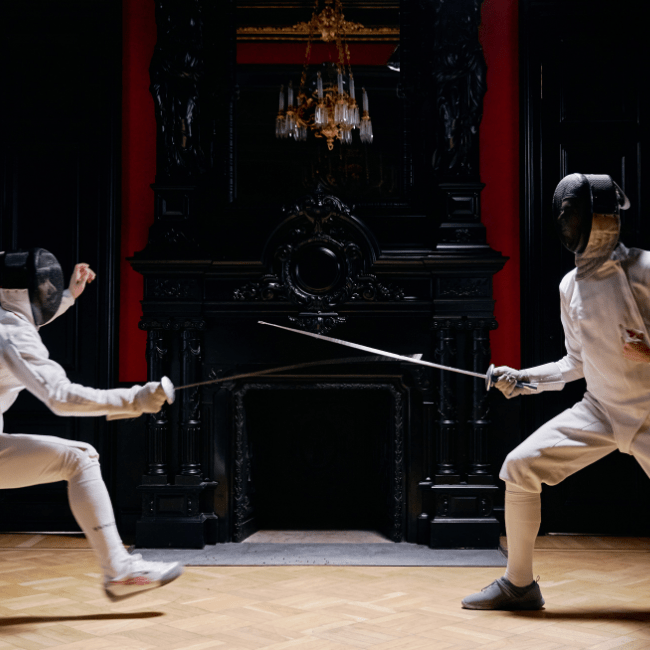
What is fencing?
Initially used for military training, fencing began to change into a sport in Germany and Italy in the 14th or 15th century. Fencing is a combat sport involving sword fighting. The foil, épée, and sabre are the three modern fencing swords. The development of a weapon with a flattened tip known as the foil, rules governing the target area, and a wire-mesh mask all contributed to the sport’s rise in popularity in the 17th and 18th centuries.
Sword fights have been documented as early as 1190 BC in Ancient Egypt, and they persisted through the 18th century. Similar to some martial arts, like Judo and Karate, fencing is a sport that almost anyone can participate in, regardless of age. And it has many physical and mental benefits. Because there is so much technique and strategy involved, it requires a lot of mental as well as physical effort.
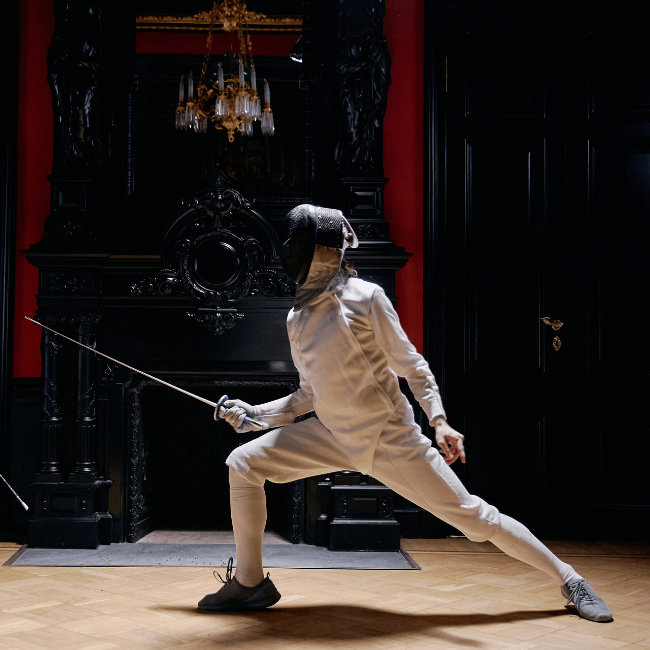
The equipment
A fencer requires a variety of equipment in addition to swords. The majority of this is done to increase safety which was deemed crucial in the wake of 1982. During the World Championships, the death of Russian foil gold medalist Vladimir Smirnov whose brain was pierced by Matthias Behr’s broken blade through his mask.
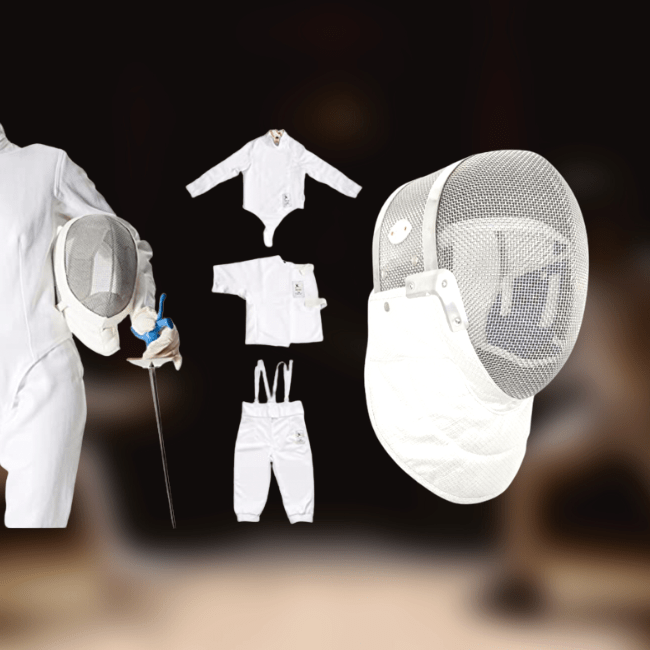
Masks and the neck bibs that surround them have been subjected to stringent inspections since that tragic accident. This consists of a jacket, an underlayer known as a plastron that extends halfway down the sword arm, a glove for the sword hand, breeches or short trousers that stop just below the knee, and socks. Plastic chest protectors are also worn under the jacket, which is required for women but optional for men. Footwear can be generic sports shoes with thinner soles and rounded profiles, such as those used in racket sports or handballs.
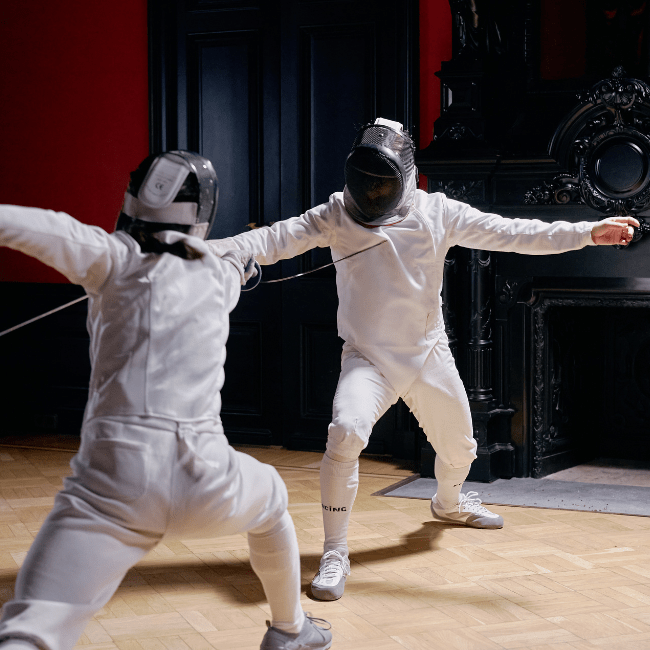
The final two pieces of equipment required for hits to be automatically recorded are the body cord that connects to the weapon and the lamé, an electrically conductive garment worn over each fencing sword type’s scoring area.
The weapons
Olympic fencing uses three different types of blades: foil, épée, and sabre. Each has a unique composition, technique, and scoring zone.
Foil
The foil is a thrusting weapon with a maximum weight of 500 grams. Only the blade’s tip counts when striking the torso covered in lamé, which is the target area.
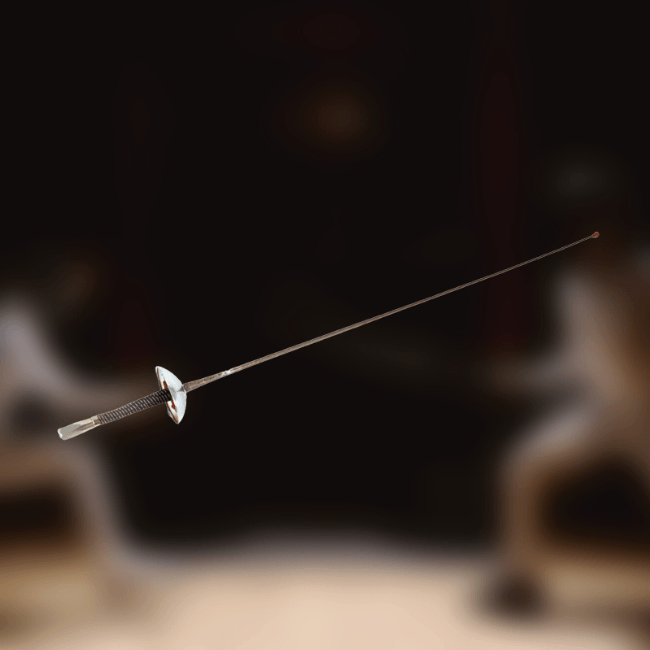
Épée
Although it is a thrusting weapon as well, the épée can only hold a maximum weight of 775 grams. Again, only the tip of the blade counts, but since the entire body is the target, there is no lamé.
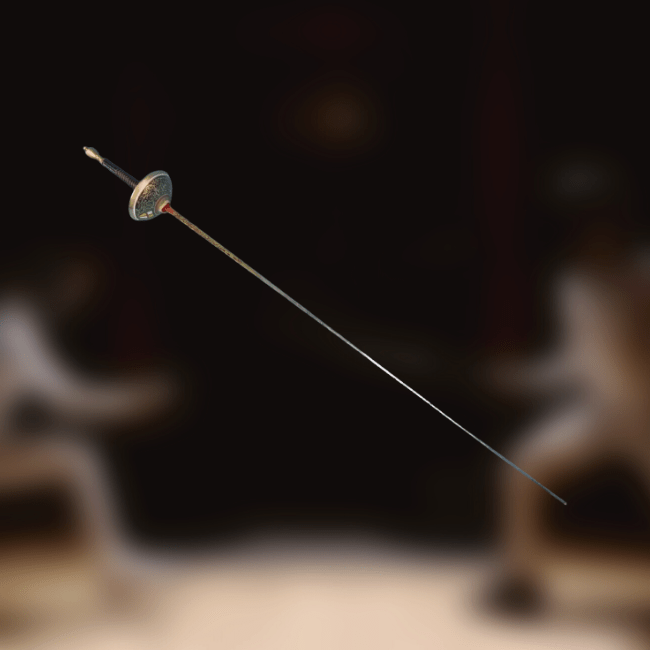
Sabre
With a maximum weight of 500 grams, the sabre is a cutting and thrusting weapon. The target area, which includes the face mask and neck bib, which must also be made of a conducting material, covers the upper half of the body and can be scored on by the entire blade.
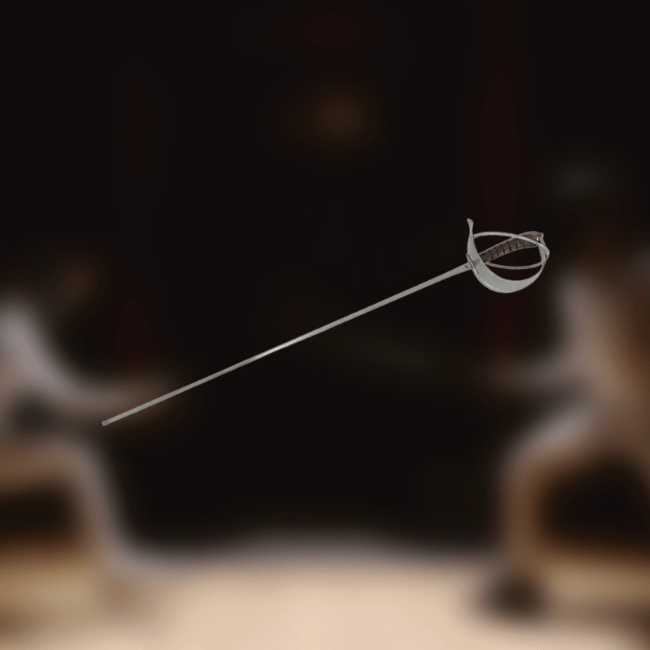
The scoring
An electrical scoring device was first used for the épée in 1933, followed by the foil in 1956, and the sabre in 1988 due to the difficulty of judging hits with the human eye.
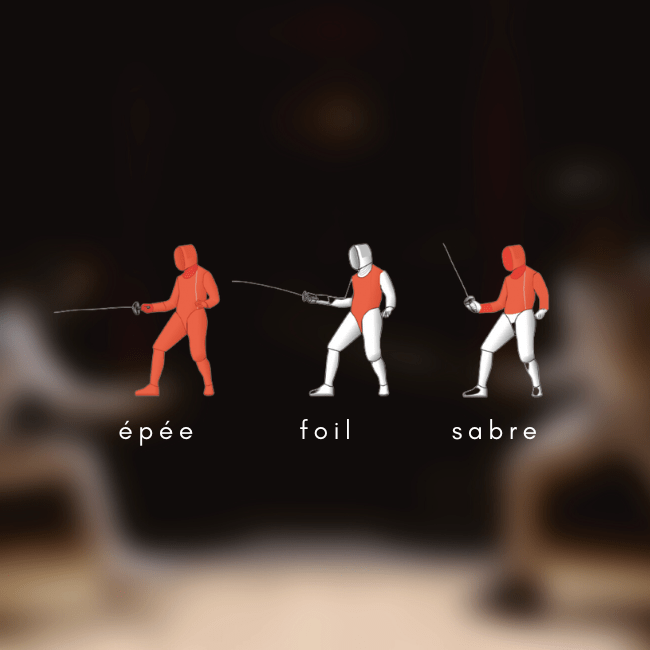
It operates when the blade—or, in the case of foil and sabre, just the tip—makes contact with the intended recipient, completing an electrical circuit and switching a red or green light depending on which athlete lands. A fencer’s ability to move quickly and maintain balance is crucial for both offense and defense.
Here is a sparring match between Nick and Michael Thomas of the Academy of Historical Fencing. It was fascinating to see how the match was progressing and how swiftly and skillfully each move was executed by the two competitors.
A 14-meter-long, 1.5- to the 2-meter-wide piste is used for all three events. A point is awarded to the adversary if you retreat off the end of the piste.
The game is played over three three-minute periods with one-minute breaks, and the winner is the first to 15 points. The two fencers return to the “en garde” position between each “phrase,” and the clock stops.
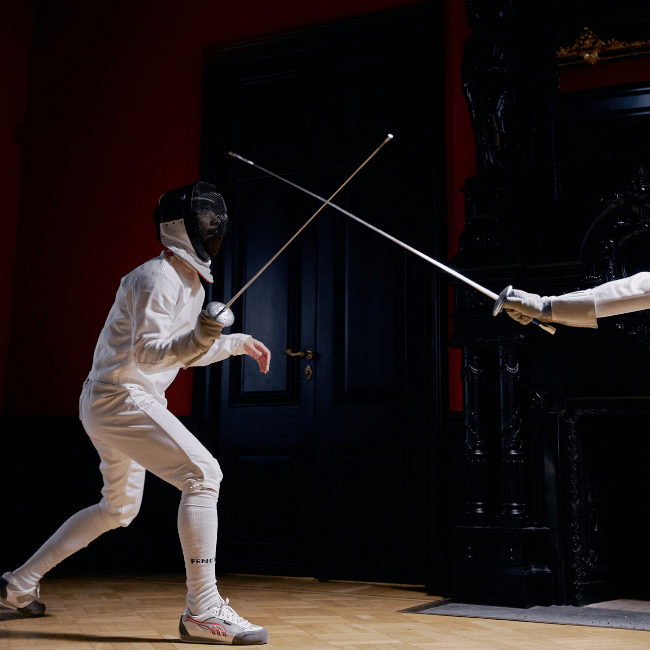
The speed of a skilled fencer is inhumanely fast. Fencers must be capable of thinking at a speed that we cannot fully appreciate unless we can witness it in slow motion in order to outwit the opponent. Combating with your fists is one thing; combating with an extension of your body is quite another.
Joyce Margaux is a driven journalism student looking to improve her writing abilities and become a better version of herself. When it comes to duties being completed, she values time management and consistency. She considers herself as a responsible and orderly person that yearns to live the best life











